This week we studied Gan Eden, (the garden of Eden) and considered the Olam (world) as a creation. Kiddos discussed our roles as partners in creation and considered what it means to be part of an ecosystem. As we looked at the parallels between Gan Eden and our world. We explored what it means to nurture the light around us and grow our own holiness. If we are partners in creation, how can we participate in creation? How can we notice and fix what is broken? We practiced the holy act of noticing and asked questions like:
How can we protect the Olam? How can we tell if something is broken? Who is responsible for fixing what is broken and what are we able to fix?
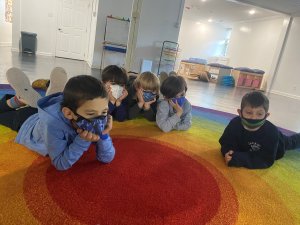
Kiddos brainstormed who is part of the Makom ecosystem:
- Teachers
- Students
- Darron (who cleans)
- Rabbanit Dasi
- Alley cats
- Worms and insects (in the lot/park)
- Trees at the park and in our neighborhood
- Parents
- Calvin (the mailman)
Kiddos brainstormed what is part of the Makom ecosystem:
- Computers
- Lights
- Water
- In the pipes/ toilets/ sinks
- For drinking
- Food
- Supplies
- Art Supplies
- Toys
- Mr. Fireman
Kiddos brainstormed the physical locations of Makom’s ecosystem:
- The building on S. Juniper st.
- The building on 13th st.
- The lot on S Juniper st.
- The park
- Schools
- Homes
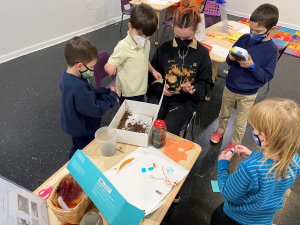
We talked about how the physical locations, elements, and people/organisms who make up our ecosystem are interdependent. We asked: How do we interact with each other? Depend on each other?
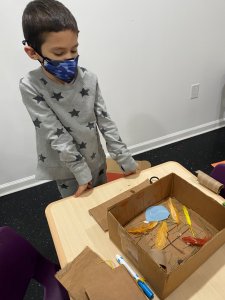
Kiddos came up with examples:
- Students play with Mr. Fireman.
- Rabbanit Dasi helps get packages for us and she might use our supplies when we are not here.
- Water is in the sink in the building.
- Students share supplies.
- Parents eat food at Family Shabbat Celebration or pack food for kids.
We talked about how we can protect the environment and organisms that make up our ecosystem:
- We can let trees grow.
- Nests are made of trees and live in trees so we can protect them by protecting trees.
- Trees protect birds’ nests because they are high up away from predators.
- We can plant trees.
- We can protect worms and insects from other predators.
- We can protect our markers by putting the cap back on.
- We can protect our books by reading them, not ripping them.
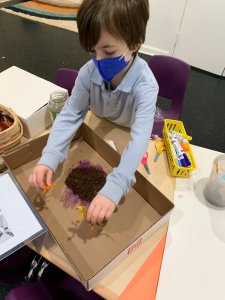
We unpacked these conversations as students took photos of nature in our neighborhood that they felt connected to, wrote stories from the perspective of neighborhood tree’s, and created their own mini habitat’s. As I watched students sensitively consider why something in nature called out to them or align rocks and tree rounds carefully over soil, I was filled with joy and pride.

Throughout the week we considered what responsibilities each of us should have in our new location. Students thoughtfully considered their interests and talents as they selected responsibilities uniquely suited for them. One student took it upon themself to be the “book organizer.” This week they recategorized our library complete with six different Jewish sections and labeled the shelves accordingly.
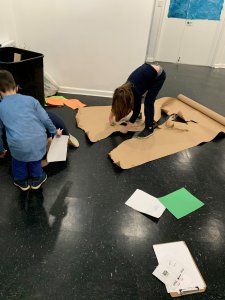
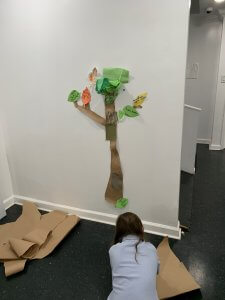
Next week we look forward to learning all about Tu Bishvat as we celebrate and bring in the new year of trees.
